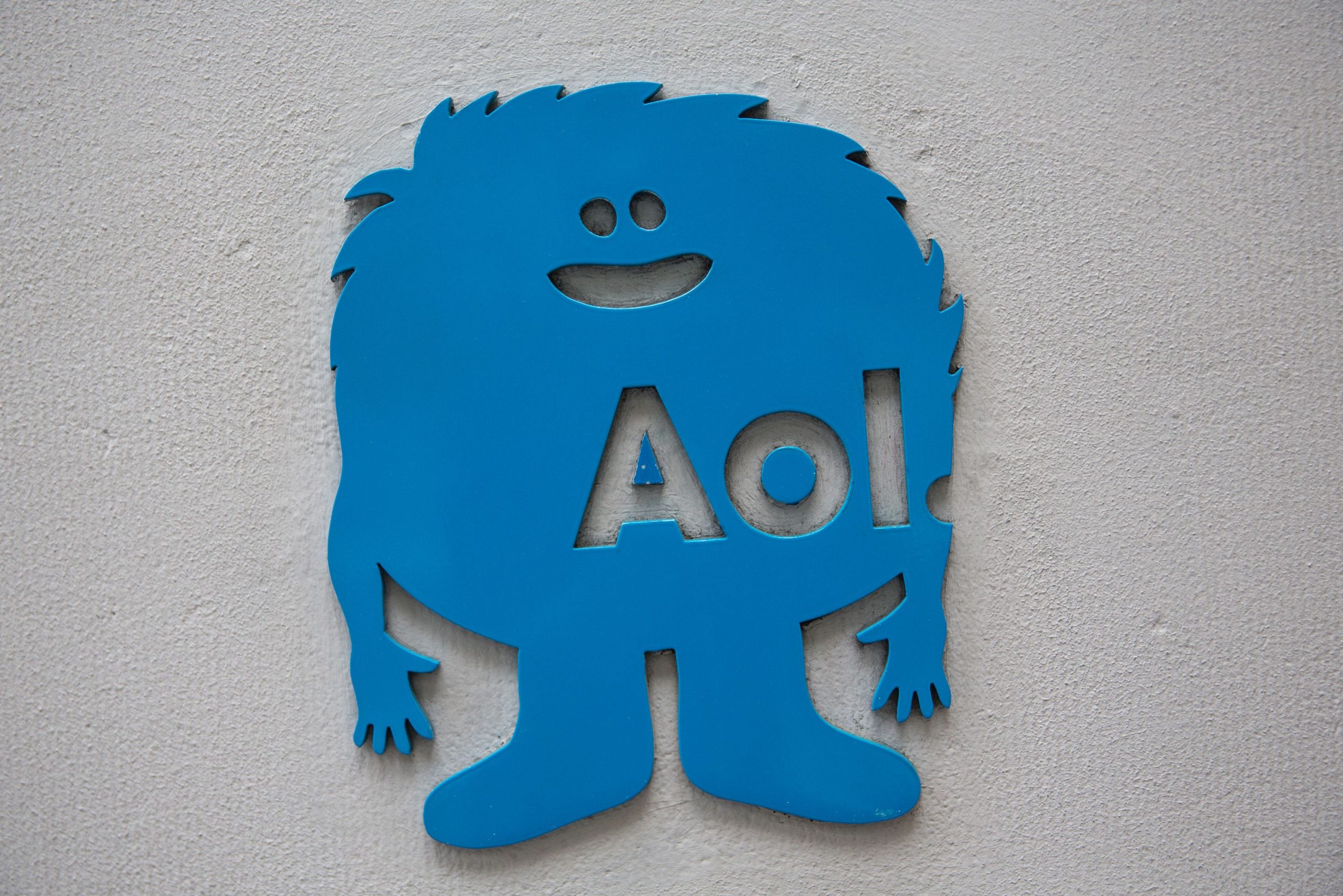
YouTube, the global video-sharing giant owned by Alphabet, has initiated a voluntary exit program for its U.S.-based employees, simultaneously announcing a significant reorganization of its product teams aimed at sharpening its strategic focus. The company confirmed the program, which includes severance packages, following an internal memo from CEO Neal Mohan to staff earlier this week. This dual announcement signals a period of calculated adjustment for the platform, even as its advertising revenue continues to demonstrate robust growth.
The Voluntary Exit Program: A Strategic Workforce Adjustment
The "voluntary exit program" represents a proactive measure by YouTube to streamline its operations and potentially realign its workforce with evolving strategic priorities. Unlike mandatory layoffs, which often carry a more severe reputational and morale cost, a voluntary program offers employees the option to depart with a severance package, typically including financial compensation, extended health benefits, and sometimes outplacement services. This approach allows companies to reduce headcount or shift talent without forcing departures, often appealing to employees who may already be considering a career change or early retirement.
This move by YouTube comes amidst a broader trend within the technology sector, where many large companies have undertaken significant workforce adjustments over the past year. Giants like Google (YouTube’s parent company), Meta, Amazon, and Microsoft have all announced various forms of layoffs or hiring freezes as they navigate a shifting economic landscape, optimize for efficiency, and reallocate resources towards emerging technologies like artificial intelligence. Google itself implemented widespread layoffs across various divisions earlier in the year, impacting thousands of employees globally. For YouTube, offering a voluntary program could be a way to achieve similar efficiency gains while mitigating the negative impact on employee morale and public perception often associated with direct job cuts, especially given the company’s assertion that no roles are being eliminated as part of the concurrent product reorganization. From an investor perspective, such programs are often viewed favorably as a sign of responsible management focused on optimizing operational costs and improving profitability margins.
Strategic Product Reorganization: A Vision for Future Growth
At the heart of YouTube’s latest strategic maneuver is a comprehensive reorganization of its product teams into three distinct organizations, each reporting directly to CEO Neal Mohan. This structural overhaul is designed to foster greater agility, enhance focus on key growth areas, and streamline decision-making processes across the platform’s diverse offerings.
1. Subscription Products: Cultivating Recurring Revenue
The newly formed "Subscription Products" team will consolidate YouTube’s efforts around its subscription-based offerings, primarily YouTube Music & Premium and its over-the-top (OTT) service, YouTube TV. This dedicated focus underscores the company’s commitment to diversifying its revenue streams beyond advertising. In an increasingly competitive digital media landscape, recurring subscription revenue provides a more stable and predictable financial foundation. YouTube Music & Premium, for instance, aims to compete with established players like Spotify and Apple Music by offering ad-free viewing, background playback, and exclusive content. YouTube TV, meanwhile, positions the platform squarely in the live television streaming market, challenging traditional cable providers and other virtual multichannel video programming distributors. The success of this team will be critical in expanding YouTube’s footprint in a market segment where consumers are increasingly willing to pay for premium, ad-free, and on-demand content. This strategic emphasis reflects a broader industry shift towards hybrid business models that combine advertising with subscription services to maximize user value and financial returns.
2. Viewer Products: Enhancing the Core Experience
The "Viewer Products" organization is tasked with refining and enriching the user experience across YouTube’s primary platforms. This includes the main YouTube application, YouTube Kids (a dedicated platform for younger audiences), YouTube Learning (content focused on educational enrichment), and crucial areas like Trust & Safety. This team’s mandate is expansive, covering everything from content discovery algorithms and user interface design to ensuring a safe and engaging environment for its billions of users worldwide. The inclusion of Trust & Safety within this core viewer experience group highlights YouTube’s ongoing commitment to combating misinformation, harmful content, and ensuring platform integrity – a challenge that has drawn significant scrutiny from regulators, governments, and the public globally. By centralizing these efforts, YouTube aims to provide a more cohesive, intuitive, and secure experience for all viewers, from casual browsers to dedicated learners. Innovations in this area are vital for maintaining user engagement and fending off competition from rival platforms constantly vying for screen time.
3. Creator & Community Products: Empowering the Creator Economy
Perhaps the most pivotal of the new organizations is "Creator & Community Products," which will be dedicated to supporting YouTube’s vast ecosystem of content creators and fostering vibrant online communities. This team will focus on developing tools, features, and monetization opportunities that empower creators, helping them grow their channels, engage with their audiences, and earn a living from their work. The creator economy has exploded in recent years, with platforms like YouTube serving as a primary engine for digital entrepreneurship. Competition for top creator talent is fierce, with rivals like TikTok, Instagram Reels, and Twitch offering alternative avenues for content distribution and monetization. By dedicating a specialized team to this segment, YouTube aims to reinforce its position as the premier platform for creators, offering enhanced support, innovative monetization models (such as Super Chat, Channel Memberships, and Shorts monetization), and robust community-building features. The success of YouTube is inextricably linked to the vitality of its creator community; therefore, investing in their growth and satisfaction is a strategic imperative.
Contextualizing the Shift: Industry Trends and Alphabet’s Landscape
YouTube’s journey since its acquisition by Google in 2006 has been one of exponential growth and continuous evolution. What began as a nascent platform for user-generated content has transformed into a multimedia behemoth, a global cultural phenomenon, and a critical component of Alphabet’s diverse portfolio. Over the years, YouTube has expanded its offerings from simple video hosting to include live streaming, original content production, music services, educational channels, and a sophisticated advertising network. This latest reorganization can be viewed as another step in its ongoing adaptation to a dynamic digital media landscape.
The broader tech industry has been under pressure to demonstrate efficiency and profitability, particularly after a period of rapid expansion. Alphabet, as YouTube’s parent company, has emphasized an "AI-first" strategy, and while not explicitly stated in the memo regarding the reorganization, it’s plausible that these structural changes are also designed to better integrate AI capabilities into product development, enhancing everything from content recommendation to creator tools and trust and safety measures. The drive for efficiency is a recurring theme across Alphabet, impacting various divisions beyond YouTube.
The competitive landscape for digital video and streaming is more intense than ever. Traditional media companies are launching their own streaming services, while new short-form video platforms consistently emerge, capturing significant audience attention. YouTube’s strategic restructuring is a response to these pressures, aiming to create more focused teams that can innovate rapidly within their respective domains. This move also reflects an ongoing effort to balance the platform’s role as a free, ad-supported service with the growing demand for premium, subscription-based content.
Financial Performance and Future Outlook
The announcement of the voluntary exit program and reorganization came on the same day Alphabet released its third-quarter earnings. The financial report highlighted YouTube’s robust performance, with advertising revenue hitting an impressive $10.26 billion for the period, marking a substantial 15% year-over-year increase. This strong financial showing provides an interesting backdrop for the workforce adjustments and structural changes.
Typically, such initiatives are associated with companies facing financial headwinds or needing to cut costs drastically. However, YouTube’s healthy revenue growth suggests that these moves are more likely proactive strategic decisions rather than reactive crisis management. It could indicate a deliberate effort to "right-size" the organization for future growth, optimize resource allocation, and ensure that investments are channeled into areas with the highest potential returns, such as the burgeoning subscription segment or advanced AI integration. Even highly profitable companies periodically review their operational structures to maintain a competitive edge and prepare for future market shifts.
The goal appears to be enhanced agility and a clearer path to innovation within each of the three newly defined product pillars. By empowering dedicated teams with specific mandates – whether it’s expanding recurring revenue, refining the core viewer experience, or supercharging the creator economy – YouTube aims to solidify its market leadership. The voluntary departure option, in this context, allows for a more flexible reshaping of the workforce to align with these refined strategic objectives, ensuring the right talent is in the right place to drive the company’s next phase of growth in the ever-evolving digital media landscape.
In conclusion, YouTube’s simultaneous introduction of a voluntary exit program and a comprehensive product team reorganization marks a significant strategic pivot. This move reflects a concerted effort to optimize its operational structure, sharpen its focus on key growth areas like subscriptions and the creator economy, and enhance the overall viewer experience. Even with strong financial performance, the company is demonstrating a proactive approach to adapting to market dynamics, aiming to position itself for sustained success in a highly competitive and rapidly changing digital world.



